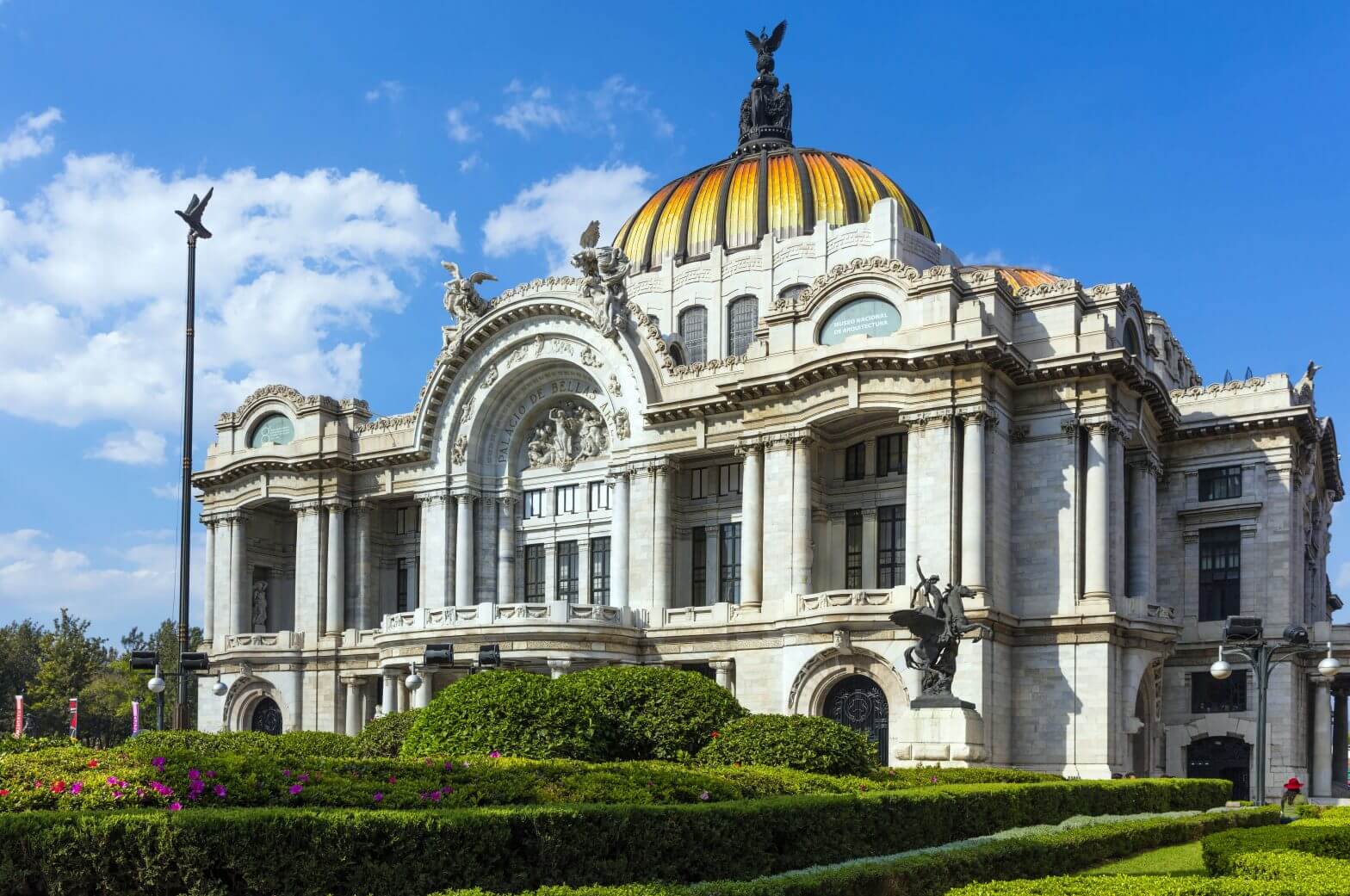With a population of 8.9 million (21.2 million if you include the greater metro area), Mexico City is not only our-neighbor-to-the-south’s densest metropolis, but it’s also one of the biggest financial centers on the continent and the largest Spanish-speaking city in the world. Mexico City International Airport is the country’s main transportation hub, and you’re not flying direct to your central American destination, chances are you’ll be flying through the capital. If you can, we recommend extending your layover for a dizzying 48 hours in Mexico City to take in all the sights, sounds and tacos you can handle.
Mexico City offers much to see, but if you’re short on time, don’t drive yourself crazy trying to get from one area to the next; target a few prime spots and call it a day (or two). Bring your zen game when visiting, because the traffic can be infuriating.
Day one
After arriving, drop your bags at TripExpert’s top hotel, The Red Tree House, a 1930s bed and breakfast situated in the classic Condesa neighborhood, before heading to Centro Historico, a good starting point to soak in the city’s history. Visit Zócalo, the main square (formally Plaza de la Constitución), which was a ceremonial center in the Aztec city of Tenochtitlan and was declared a UNESCO World Heritage Site in 1988. Glimpse the grand colonial buildings, including the Palacio Nacional, the presidential building that houses Diego Rivera’s mural, “Epic of the Mexican People in their Struggle for Freedom and Independence”; the Catedral Metropolitana, an architectural masterpiece that took three centuries to reach completion; and the gorgeous Palacio de Bellas Artes, which hosts world-renowned opera, dance and theater against a backdrop of Mexican murals.
And, if you think you have to leave Mexico City to see ancient ruins, think again. Right in the heart of downtown sits the top-rated attraction in the Centro Historico, the Museo del Templo Mayor. The museum is built around an archaeological site unearthed in 1978 and showcases the remains and artifacts of what once was a towering Aztec temple.
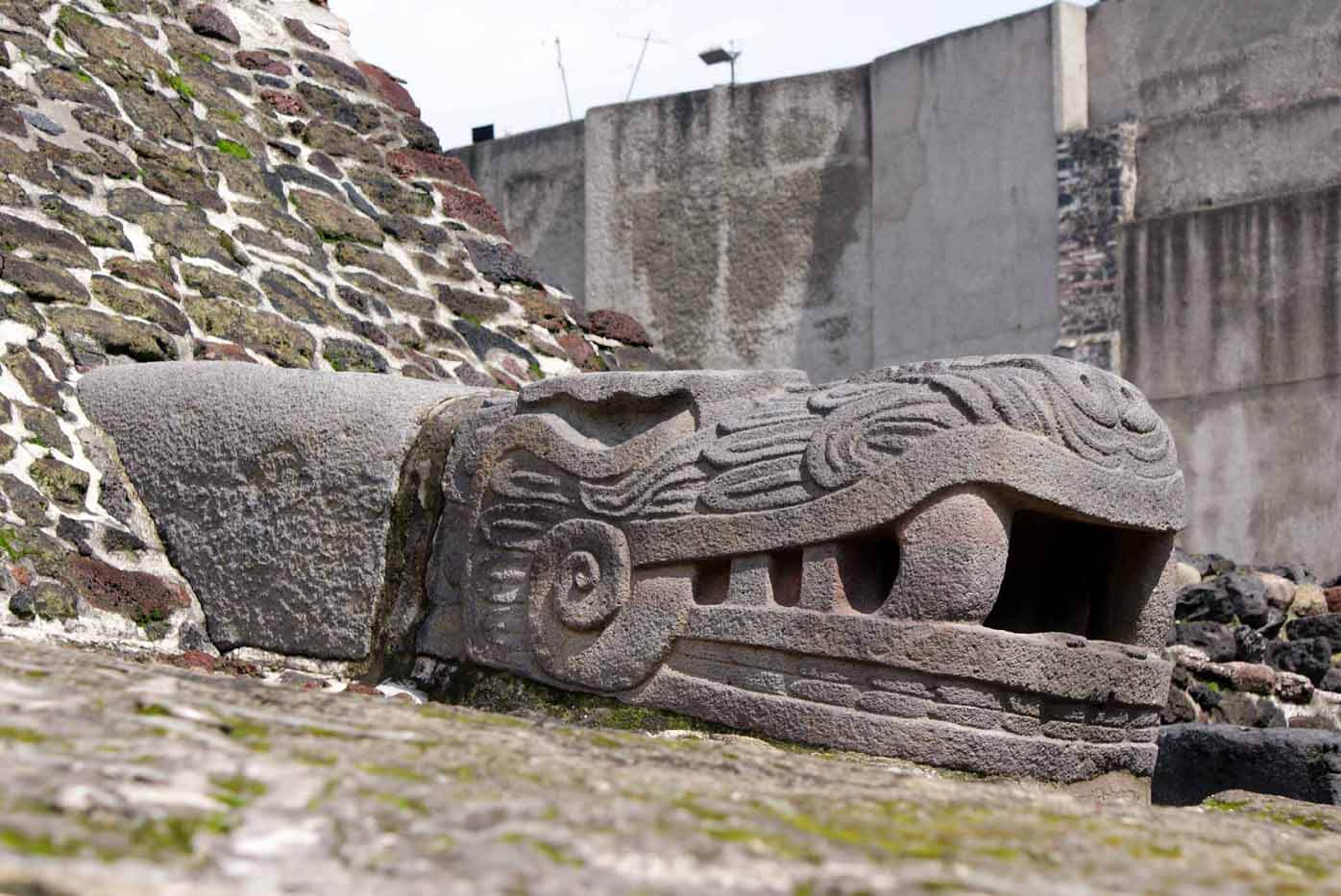
Museo del Templo Mayor
From there, head to the Zona Rosa neighborhood and Paseo de la Reforma, a stroll-worthy main avenue where you can check out the Ángel de la Independencia and Fuente de La Diana Cazadora. Stop by El Califa for tacos and then Four Seasons Hotel Mexico City for a creative concoction by mixologist Mica Rousseau at Fifty Mils lounge, which overlooks the hotel’s lushly landscaped inner courtyard.
Take Reforma straight to Bosque de Chapultepec, the largest urban park in the western hemisphere. Here you can visit Castillo de Chapultepec, the only royal castle in America that’s home to the National History Museum, and nearby Museo de Antropología, one of the most important museums in Mexico and Latin America.
If you’re a shopper, swank Polanco, just to the north of Chapultepec, is the spot for you. The main thoroughfare, Presidente Masaryk Avenue, is an upscale boutique mecca, along with Emilio Castelar street, which serves as a dining and nightlife hub too. For dinner, try lively Villa María on Avenida Homero, which features traditional Mexican fare and must-try oversized margaritas, or much-lauded Pujol for chef Enrique Olivera’s deconstructed take on classic Mexican dishes.
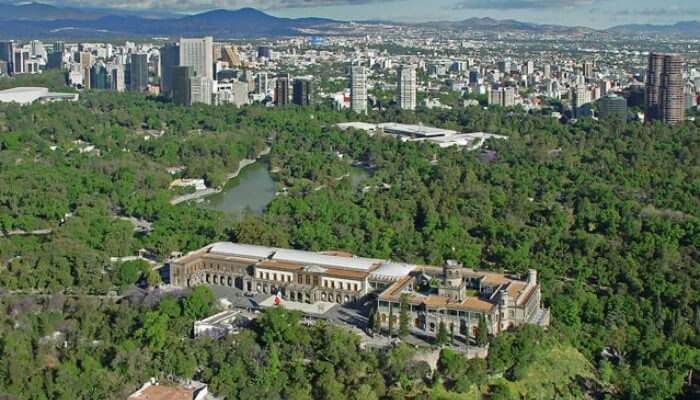
Bosque de Chapultepec with the Castillo de Chapultepec
Day two
Hop a taxi south to Coyocán, which is our favorite area by far. A remnant of the colonial era with charming cobblestone streets and chiming churches, it was also the preferred neighborhood of revered artists Frida Kahlo and Diego Rivera. Visit Museo Frida Kahlo, a.k.a. Casa Azul, the famous blue house in which she was born and later died, to get a glimpse of Kahlo’s notorious unibrow depicted in the expansive collection of paintings and photographs.
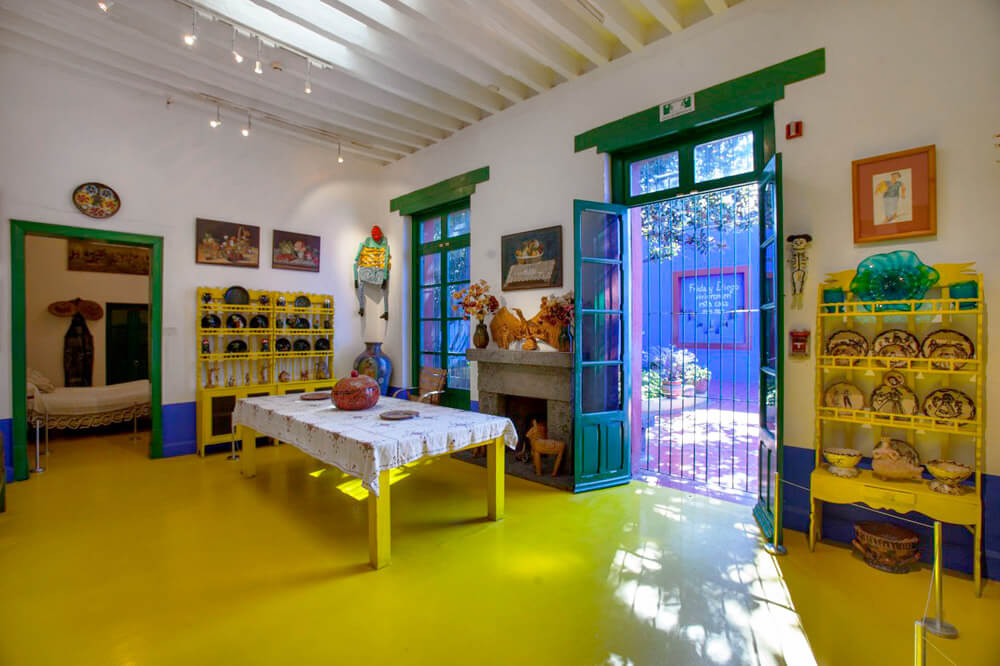
Museo Frida Kahlo
Afterward, head toward bustling Jardín Centenario, lined with alfresco cafes and restaurants, where you can while away an hour or two people-watching with mezcal in hand. Speaking of mezcal, Corazón de Maguey offers a full page of main courses meant to be paired with the native spirit. Try the Jamaica tacos (pronounced ha-mike-a, not like the Caribbean country), which are fried tortillas filled with hibiscus, or if you’re a bit adventurous, opt for the dried grasshoppers.
Across the square, you’ll find Los Danzantes, which serves up classic Mexican cuisine with a twist. Start with the house specialty, hoja santa, which has gooey Oaxaca and pungent goat cheeses slipped between paper-thin Mexican pepper leaves. Those with a sweet tooth can then join the line at El Jarocho café for churros and hot chocolate.
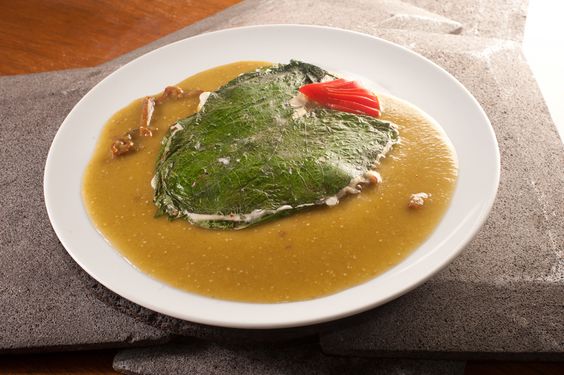
Hoja santa rellena
End the day where you started, in Condesa, which is fast becoming the SoHo of Mexico City. Take in the streets lined with Art Deco buildings and Porfirian-style houses, and pop into the numerous galleries, such as prestigious Galeria OMR, founded by Patricia Ortiz Monasterio and her husband, Jaime Riestra.
Simple, yet, sophisticated, Chef Jair Telléz’s Merotoro is a prime choice for an enjoyable last dinner. Specializing in cuisine from Ensenada, the menu rotates regularly but you’ll always have your pick of national wines to pair with. To cap off the evening, enjoy a drink at posh Condesa DF’s rooftop or try La Clandestina, a candle-lit space that’s dedicated to all things mezcal.
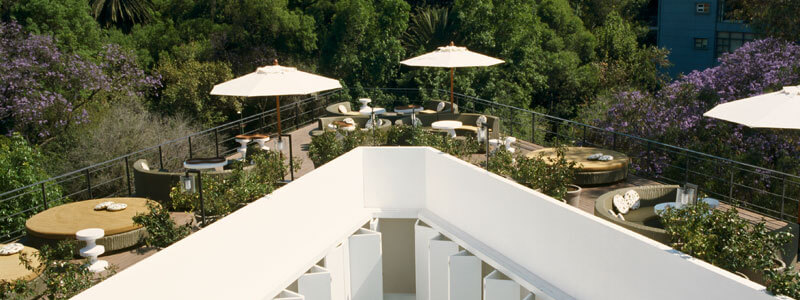
Condesa DF rooftop
